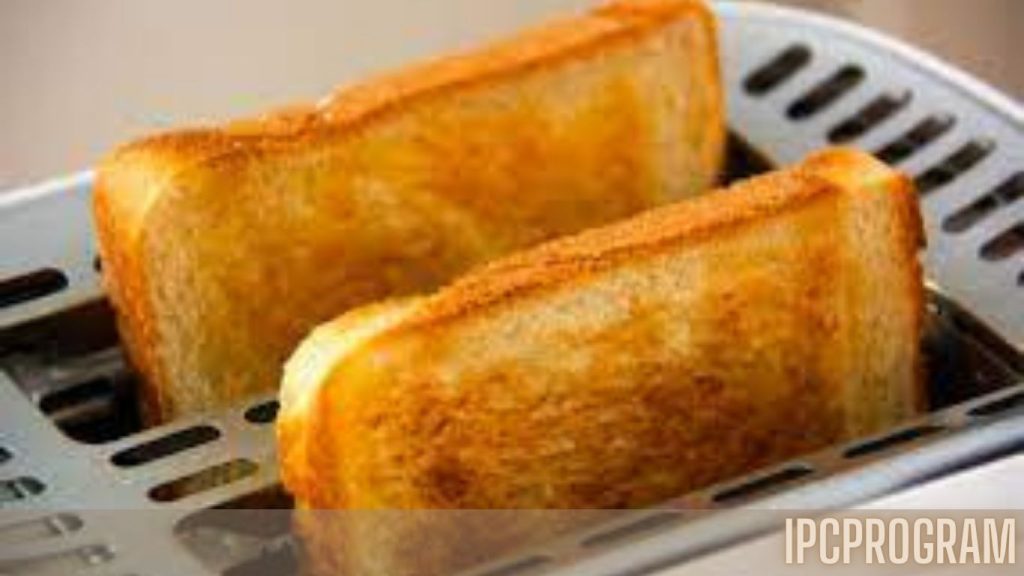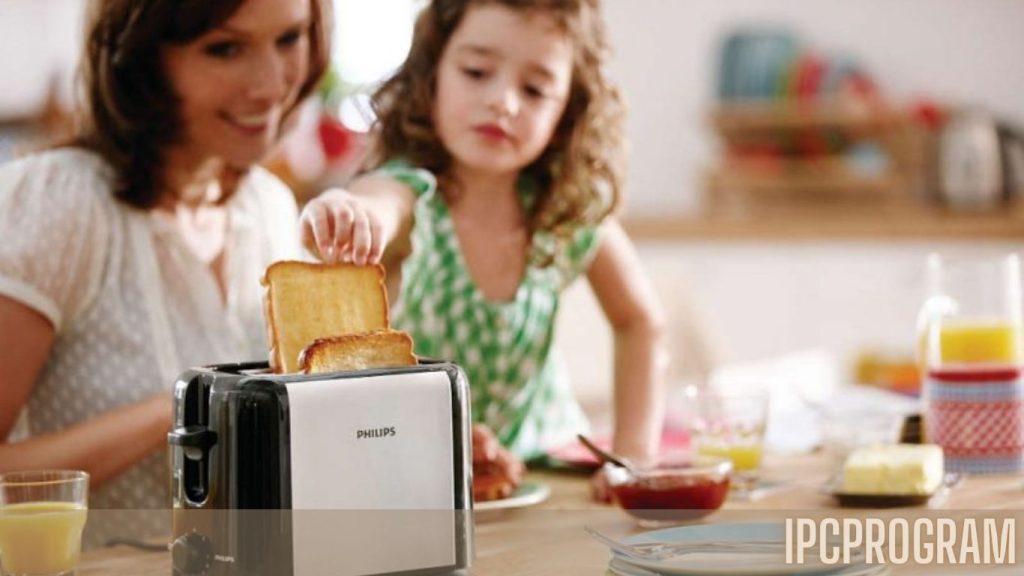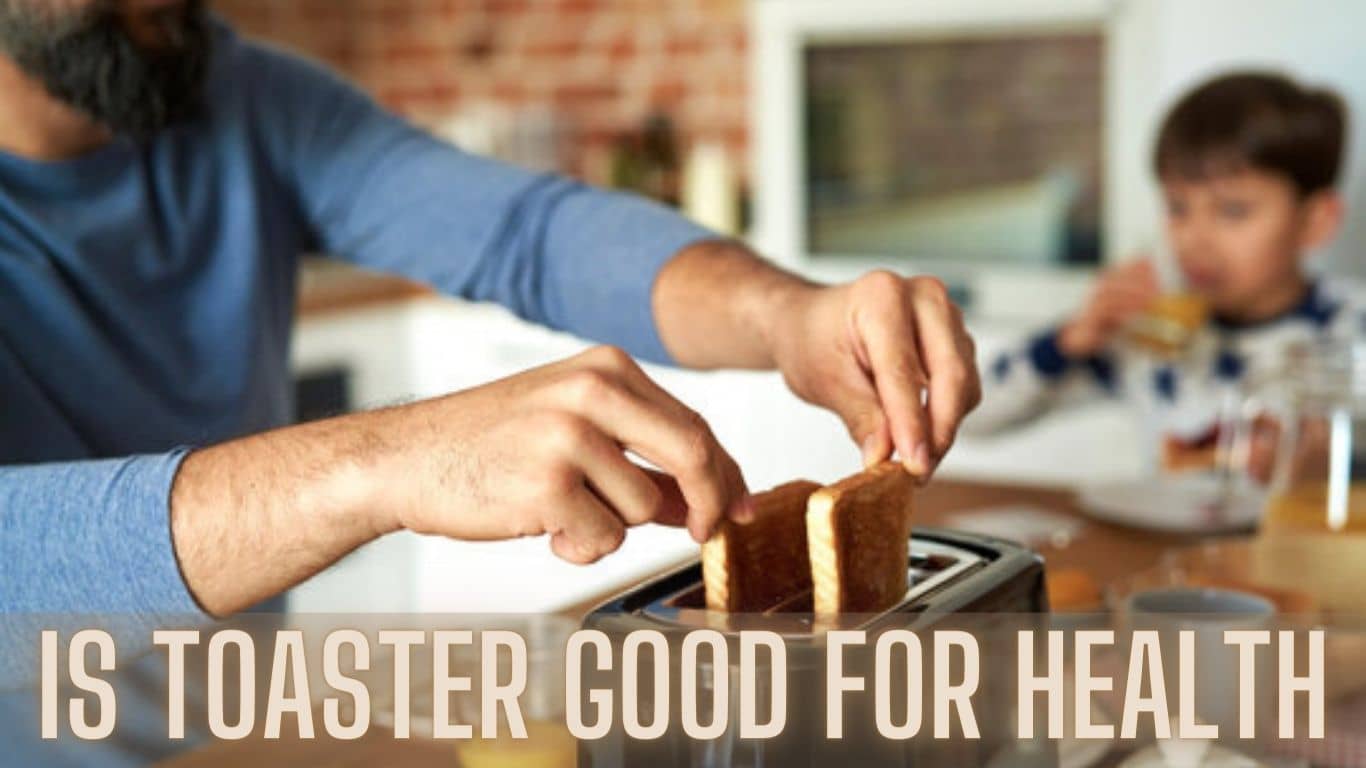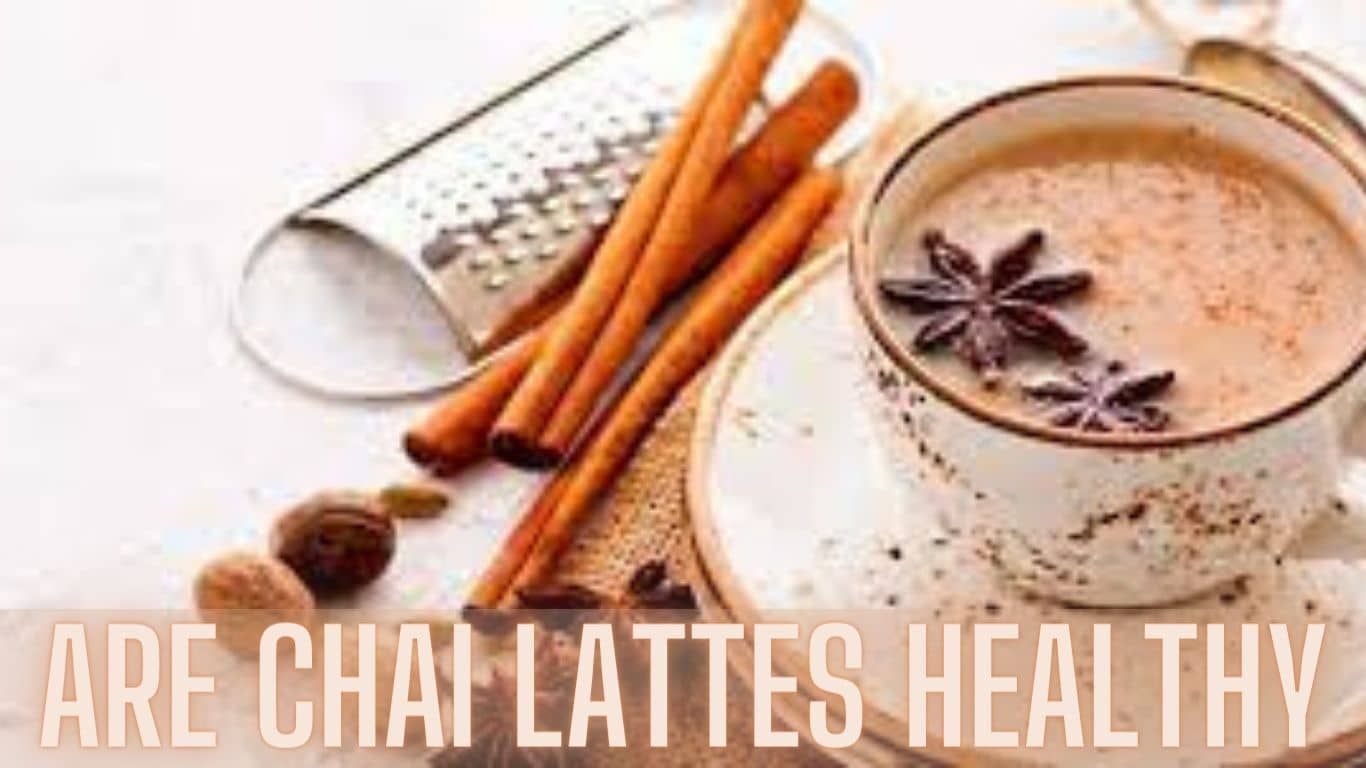Are you a toast lover who starts each day with a crispy slice of golden goodness? Or maybe you rely on your trusty toaster for quick and easy snacks throughout the day.
Whatever the case may be, have you ever wondered about the impact your toaster might have on your health?
In this blog post, we are going to dive deep into the world of toasters and explore their safety and health implications.
From examining potential risks to assessing how they affect nutritional value, we’ll leave no crumb unturned!
So grab yourself a cup of coffee (or tea!) as we embark on this journey together.
It’s time to uncover the truth behind those beloved countertop appliances that bring us warm, toasted delight – our toasters!
Toaster Safety And Health: What You Need To Know

When it comes to toaster safety and health, there are a few key things you need to keep in mind. First and foremost, always make sure your toaster is properly maintained and clean.
Crumbs can accumulate over time, leading to potential fire hazards or even mold growth if neglected.
Another important aspect of toaster safety is using the appliance as intended. Avoid inserting metal objects into the toaster slots, as this could cause electrical shock or damage to both the appliance and yourself.
Stick with toast-friendly items like bread slices or bagels instead!
In terms of health implications, one concern that often arises is the formation of acrylamide during the toasting process.
Acrylamide is a naturally occurring chemical compound that forms when starchy foods are exposed to high heat.
While research suggests that long-term exposure to high levels of acrylamide may have negative health effects, such as an increased risk of cancer, it’s important not to panic.
To minimize acrylamide formation while enjoying your toasted treats, aim for a lighter shade rather than excessively darkened toast.
Additionally, consider opting for whole grain breads instead of highly processed white breads which tend to produce more acrylamide.
Health Implications Of Using Toasters: A Comprehensive Analysis

One crucial aspect of considering the health implications of using toasters is understanding the potential risks associated with prolonged exposure to high temperatures and chemicals.
Toasters operate by heating bread slices or other food items at a rapid pace, achieving that crispy, golden-brown perfection we all love. However, this process also involves the release of potentially harmful substances such as acrylamide.
Acrylamide is a chemical compound that forms naturally when starchy foods are cooked at high temperatures.
It has been classified as a probable human carcinogen by the International Agency for Research on Cancer (IARC).
When bread is toasted, it undergoes a Maillard reaction – a chemical reaction between amino acids and reducing sugars – which results in the formation of acrylamide.
Additionally, toasters can produce smoke and emit volatile organic compounds (VOCs) when used excessively or improperly.
These compounds include benzene and formaldehyde, both of which have been linked to various health issues including respiratory problems and cancer.
Considering these factors, it’s important not only to use your toaster responsibly but also to maintain proper ventilation in your kitchen area while operating it.
This can help reduce exposure to any potentially harmful substances emitted during the cooking process.
Toasters: Assessing Their Impact On Nutritional Value And Healthiness
When it comes to making breakfast a breeze, there’s no denying that toasters have become an essential kitchen appliance.
But have you ever wondered how this convenient contraption affects the nutritional value and healthiness of your morning toast?
One aspect to consider is the type of bread you’re using. Whole grain breads are often touted as a healthier option due to their higher fiber content and lower glycemic index.
When toasted in a toaster, these breads can still retain some of their beneficial properties.
Another factor to consider is the degree of browning or charring that occurs during the toasting process.
Research suggests that overcooking starchy foods at high temperatures could lead to the formation of acrylamide, a potentially harmful compound.
Furthermore, some studies have suggested that prolonged exposure to high heat can cause nutrient losses in certain foods.
However, it’s important not to overgeneralize these findings as many factors such as cooking time and temperature come into play.
Conclusion:
After thoroughly analyzing the safety and health implications of using toasters, it is clear that they can be a convenient and practical appliance in our kitchens.
While using a toaster doesn’t necessarily make food unhealthy or pose significant risks to our well-being, it’s important to be mindful of the type of bread we choose.
Opting for whole grain or whole wheat bread over highly processed white bread can provide more nutrients and fiber. Additionally, being cautious about the toppings we add to our toast can also contribute positively to its healthfulness.
Toasters themselves are generally safe appliances as long as they are used properly and maintained regularly.
It is crucial not to insert any objects other than bread into the slots and ensure that crumbs are cleaned out regularly to prevent potential fire hazards.
So while the toaster itself may not directly influence your overall health status significantly, making conscious choices about the ingredients you use alongside toast can certainly enhance its nutritional value and contribute positively towards a healthier lifestyle!
In conclusion—while there isn’t an absolute answer whether a toaster is “good” or “bad” for your health—it all boils down (no pun intended) to how you utilize this appliance in conjunction with nutritious ingredients!
So go ahead and enjoy some deliciously toasted goodness without worrying too much!




